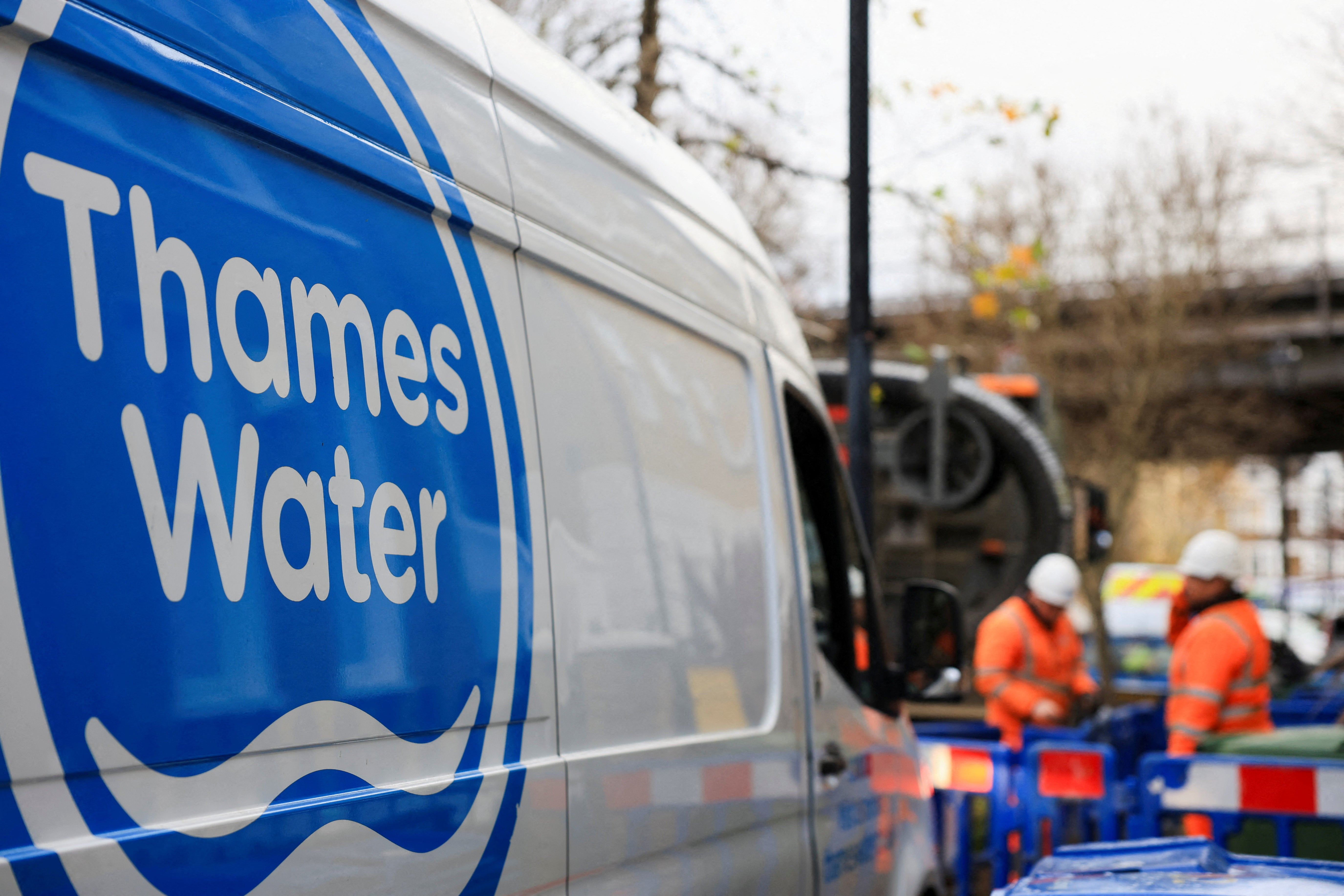
A High Court judge has approved a £3 billion loan for Thames Water, offering a temporary reprieve from the threat of imminent collapse.
The emergency funding, sanctioned on Tuesday after weeks of court hearings, grants the London water company crucial breathing room to secure a more sustainable, long-term financial solution.
The funding plan was part of a loan deal agreed internally last year for the company, which supplies about 16 million households across London and the South East.
However, it still has at least £16 billion in debt.
It has also previously warned it only has enough money to keep running until March 24.
The new funding is designed to stop Thames Water going bust in the short term.
How did the utility company reach this precarious position, and what implications does this bailout hold for customers?
Why are people angry about Thames Water?
Thames Water has been at the centre of a growing scandal in the wider water industry.
Bills will climb steeply over the coming years, while privately run water firms are still pumping raw sewage into rivers and waterways.
That is despite a succession of penalties from regulators Ofwat and the Environment Agency.
Meanwhile, many bosses, including those at Thames Water, have still been given large bonuses in the last year.
Thames Water also requested last week that Ofwat allows it to raise consumer bills over the next five years by more than the 35 per cent it previously granted.

Why does Thames Water need this emergency money?
The company’s debts are so high and its cash reserves are so low that it would have gone out of business in March.
The taps in people’s homes would still work – but it would be damaging for the big finance firms to which Thames owes billions of pounds.
Many of them would have seen those debts written off, resulting in hefty losses.
Thames Water would instead come under temporary government control until a new buyer is found.
Labour previously said it wants to avoid that scenario, citing extra costs to taxpayers of running the water company.
So what happens next?
The £3 billion is thought to be enough to last Thames Water for about one year.
It buys bosses some more time to find a permanent source of funding, which will likely come by selling the company.
Potential suitors are lining up, with four bidders understood to have thrown their hat in the ring to buy Thames.
One is Castle Water, a firm owned by the Conservative Party treasurer Graham Edwards.
Another is investment firm Covalis Capital, which would bring in French utility giant Suez to run Thames day-to-day.

What’s the catch?
The new loan is being provided by Thames’ creditors – namely companies it already owes about £11.5 billion.
They are mostly made up of hedge funds and other big finance firms, including Abrdn, M&G and others.
They are charging an unusually high interest rate of 9.75 per cent, plus fees.
Over the 2.5-year life of the loan, and including fees, that could mean about £800 million in interest payments, experts have said.
Earlier this year, a group of MPs said it would force households to pay an extra £250 over the next five years to cover the costs.
Currently, about 28 per cent of Thames’ bills service its debts, a figure which is expected to rise to 31 per cent this year.
How did things get this bad?
When Thames Water was privatised in 1989, it had no debt.
It has had a succession of different owners since then, including an Australian investment bank called Macquarie.
In December 2005, before Macquarie bought the utility, Thames Water’s net debt was £2.4 billion.
When Macquarie sold it around a decade later, the debt pile had ballooned to more than £10 billion.
The other problem is that interest payments on much of its debts rise with inflation, which has been high in recent years, adding to the pressure.







